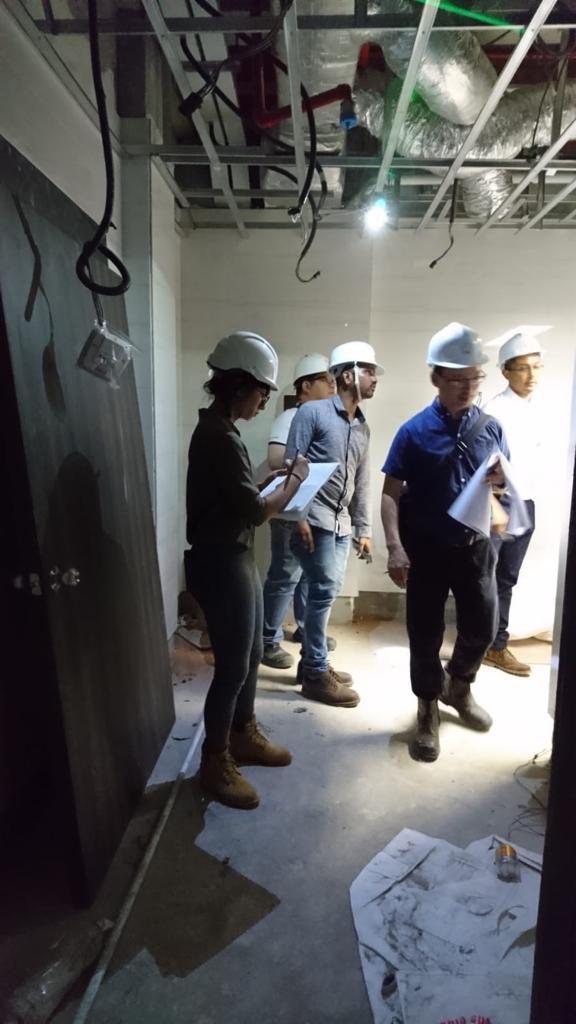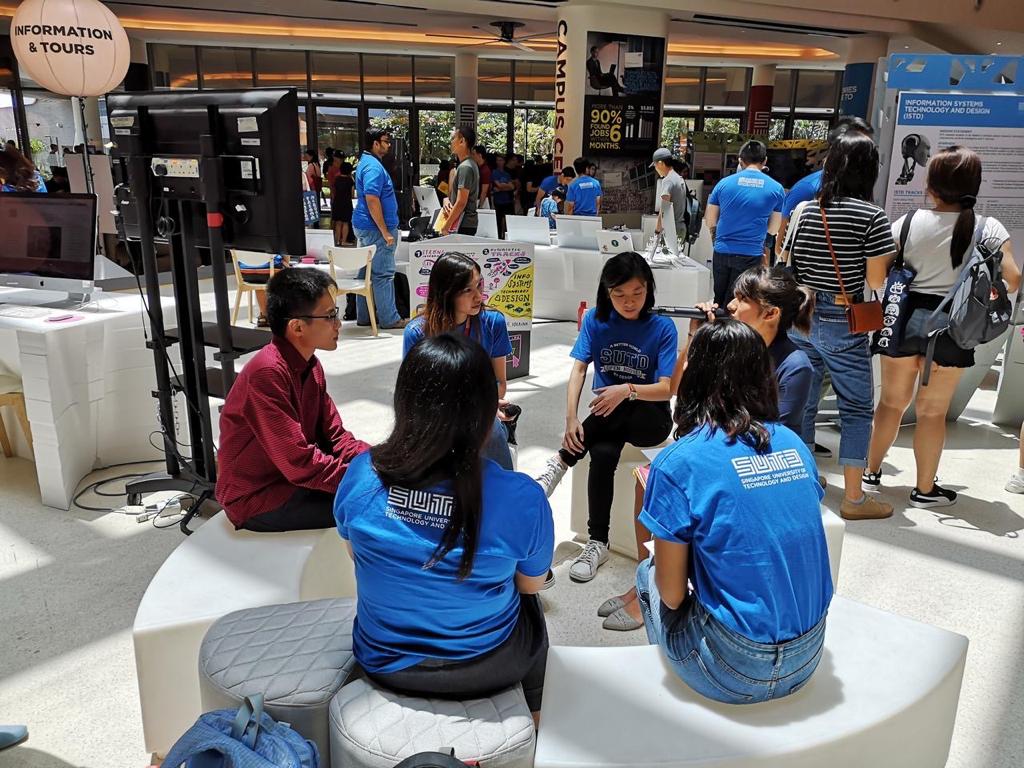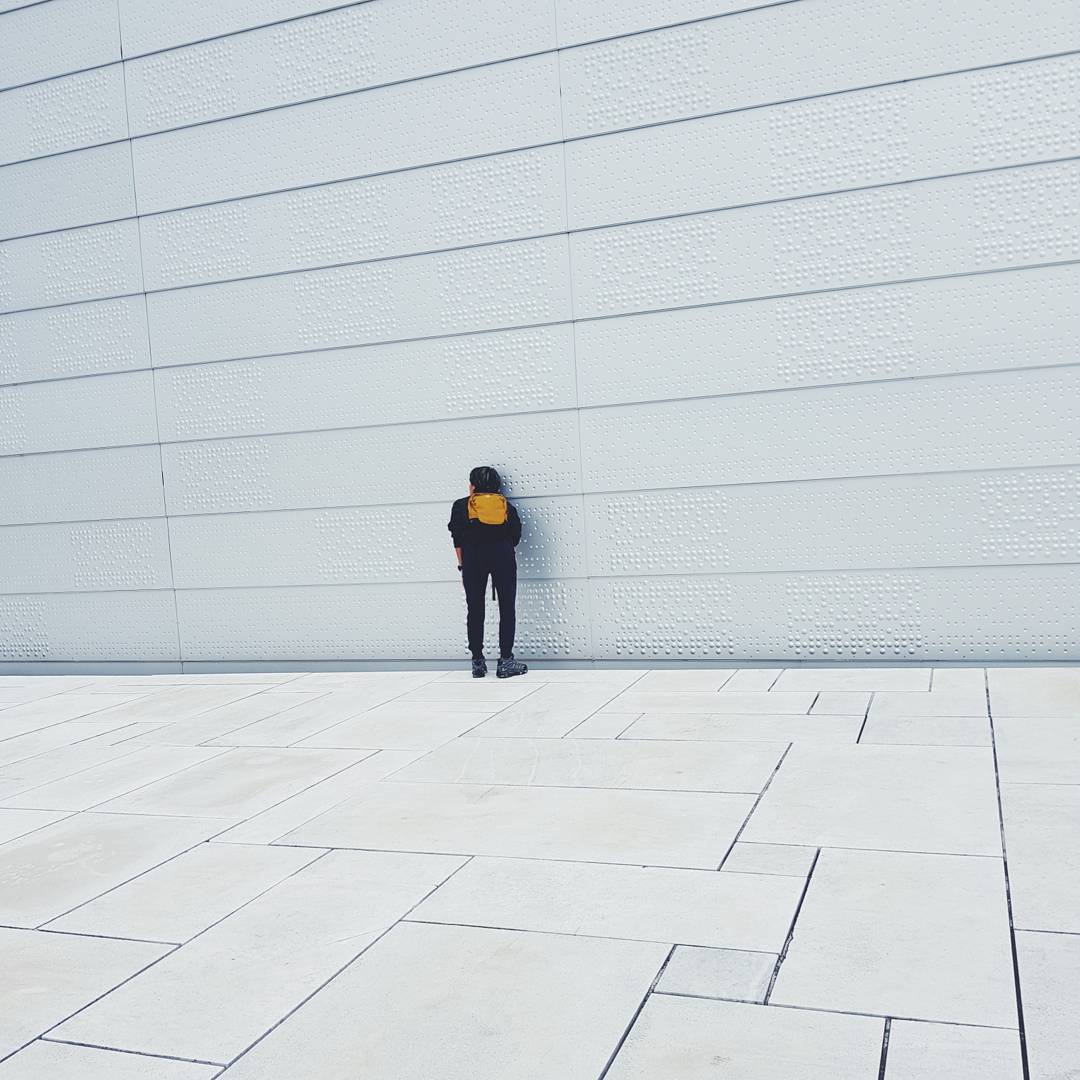As the first SUTD alumni to receive this prestigious title, we ask Bianca about her preparation process, and what inspires her works.
Bianca Gill
Architecture and Sustainable Design, Master of Architecture, Class of 2016
Executive Architect at RSP Architects Planners & Engineers Pte Ltd
Previously from Nanyang Junior College
How do you feel about being the first Qualified Architect from SUTD?
I’m truly humbled and thankful! It’s really heart-warming to be able to share this joy with the SUTD family and receive so many well wishes from everyone, even from people I’ve not crossed paths with during my stint at SUTD.
What inspires your works?
Inspiration comes in the form of conversations with people outside my industry. I get insights and multi-dimensional perspectives from them and this helps me to make more informed design choices. Travelling is also a huge part of my inspiration because I get to discover new experiences and meet people from different cultures and backgrounds. Every one of us has many stories to share, so you can imagine this library of information that comes to mind when designing for people from all walks of life!
How did SUTD’s hands-on curriculum help you to develop your career?
SUTD’s hands-on curriculum developed my curiousity to experiment, and to consider new alternatives and perspectives to approach problems that surface. Sometimes it’s easier to just follow a template and get the job done, but my time in SUTD inspired me to want to dive deeper into my assignments to better address the key objectives.

A Fire Safety inspection with the Registered Inspector
I’m also actively involved in my company’s digital transformation. Especially in times like this, our designs need to be more efficient and relevant to our clients and our community.
Tell us more about the Professional Practice Examination, and how did you prepare for it
First of all, the Professional Practice Examination required me to submit 2 years of logsheets, where I recorded and retrospectively analysed the entire process of my projects from the Design stage to Completion stage.
I then had to choose a project and write a case study on all the challenges and lessons learnt from it. After submitting the case study, I attended a series of night courses organised by the Board of Architects at the Singapore Institute of Architects. The courses are designed to help candidates better understand the various Acts, Codes & Compliances, as well as Contract documents.
On a side note, if you’re taking these courses, it’s important to meet up with your study group (preferably made up of people from different firms and project backgrounds) regularly to go through the examination materials. You should never do this alone!
The examination consists of 2 written papers held on the same day. After I passed the tests, I was asked to go for an interview (also known as a ‘Professional Conversation’), where industry professionals assessed me to decide if I would be awarded the Practising Certificate as a Qualified Architect. You know the rest of the story!
I’m glad I went through this journey with the immense support of my family, friends and study group mates. These three pillars of support are really essential.
Compared to architects from other institutions, what do you think makes SUTD’s education stand out?
I think SUTD’s education empowers students to be confident and resilient in the face of unchartered waters because there were many opportunities and platforms for us to venture, fail and learn from our experiences. The exposure to different approaches of design and the use of technology such as computation broadened our perspectives and opened up new possibilities and ways our industry can leverage on to become more efficient, productive and relevant.

Sharing experiences during SUTD’s open house.
Now that you’re a Qualified Architect, what’s your next step?
I’ll continue honing my craft as a project Architect and concurrently help push for a digital transformation in my current company.
Working in a male-dominated field, how do you see yourself as a role-model for female students?
As our society continues to evolve, our mindsets are slowly shifting their focus from gender differences to individual capabilities and expertise.
When designing for the community, there shouldn’t be a distinction between male and female architects. Instead, we should work together towards a sustainable and comprehensive design, and our collective goal should revolve around developing an in-depth understanding of our community/environment to ensure that our design solutions are safe, sustainable and inclusive.
In any professional field, I believe that as long as you’re humble enough to learn, assertive enough to make decisions, and confident enough to step up to the occasion, you’ll earn the respect of your colleagues.

“This is me unconsciously checking out the facade material of Norway’s Oslo Opera House. I think we architects have this tendency to touch the materials / walls / floors in whichever space we happen to be in!”
Which school were you from prior to SUTD, and what made you decide to join SUTD (Architecture and Sustainable Design) among your other options?
I graduated from Nanyang Junior College. I was first intrigued by the opportunity to be part of the pioneer batch of a local university, where I could build and shape my ideal school culture that would flourish for the many years to come.
I was then drawn to the fact that, because of the student to faculty ratio, I would have more consultation time with my professors compared to students from other universities. Learning and growing are never one-way streets, and this allowed me to better understand and learn from my mistakes.
Lastly, I was excited about how the programmes in SUTD are not isolated from one another. SUTD’s focus on multi-disciplinary learning gave me the opportunity to work with people from different backgrounds and expertise, and it prepared me for my career when I have to work with different clients and consultants.
Thinking about applying to SUTD?
Missed our Open House talks? Rewatch the sessions here.
#whySUTD? We’re glad you asked – here’s why!
It can be hard to ask the right questions that will help you to decide which university to join, so we’ve compiled a list of FAQs for you here.






























